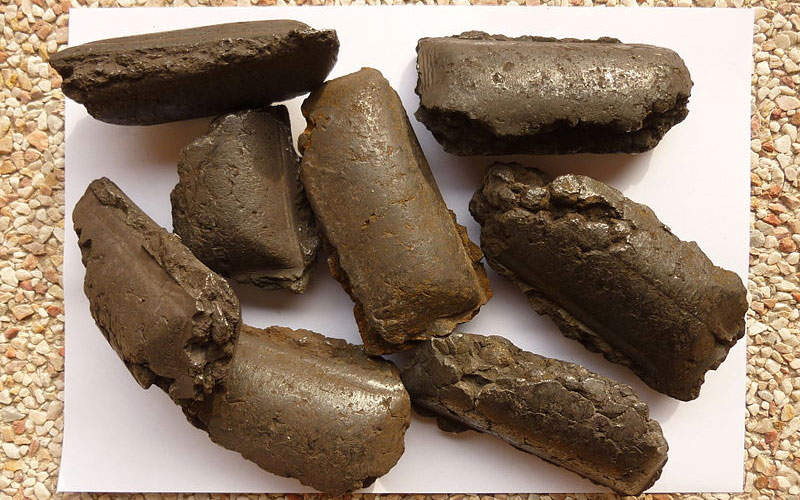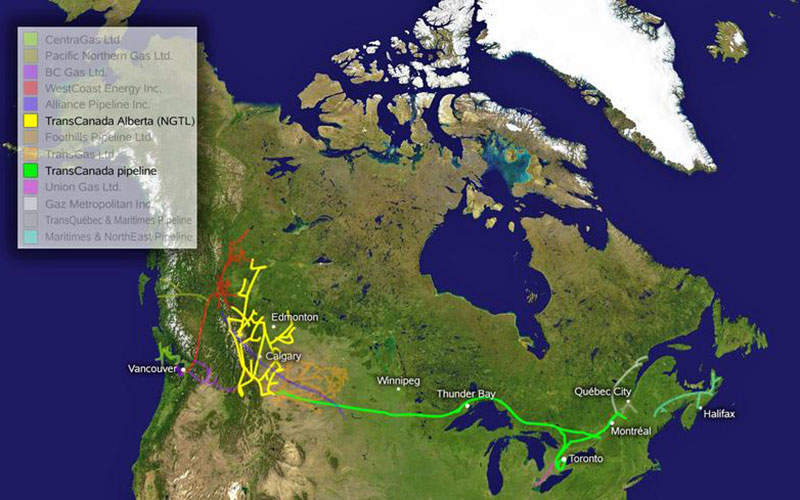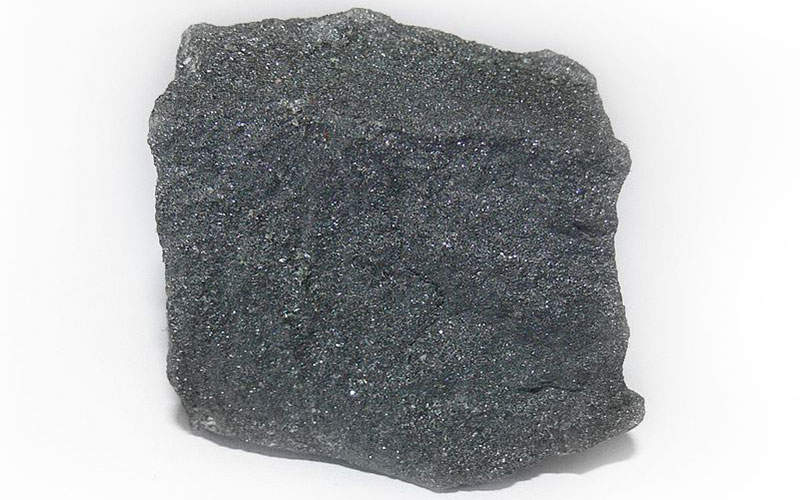The Lake St Joseph Iron Ore Project, comprised approximately 13 adjoining mining claims covering an area of approximately 2,592ha, is located 100km north-east of Sioux Lookout and approximately 80km south-southwest of Pickle Lake in Ontario, Canada.
The property is wholly owned by Rockex Mining, who acquired the claims from Pierre Gagné in May 2008. The project hosts the Eagle Island deposit and additional prospective deposits at Wolf Island and Fish Island.
The project will enable Rockex Mining to become the first producer of hot briquetted iron (HBI) in Canada. The HBI from the project will be exported to international markets, primarily to steel producers in North America.
Lake St Joseph Iron Ore Project development timeline
The preliminary economic assessment (PEA) study for the project was completed in August 2013 and was further updated in October 2015. The PEA envisaged the production of six million tonnes per annum (mtpa) of concentrates grading 66.3% Fe, while the updated PEA proposed the conversion of the concentrates to 4.3Mtpa of HBI grading 94% Fe.
The environmental studies and permitting stage, which commenced in the third quarter of 2015, will extend up to the third quarter of 2018. The construction works are expected to start in early 2018 following the completion of the feasibility study in late 2017 while production is anticipated to begin in the second half of 2019. The operating life of the iron ore mine is estimated to be 30 years.
Financing for Rockex Mining’s iron ore project
The pre-production cost of the project is estimated to reach $3.77bn. In February 2016, Rockex Mining signed a letter of intent with Diversified Innovative Marketing Enterprises (DIME) for financing the project.
Subject to completion of the definitive agreement, which is expected by April 2016, the latter will help fund the project in two phases and subsequently receive 40% equity and profit share in the project.
Geology and mineralisation
The property is located in the Lake St Joseph Archean greenstone belt, within the Uchi Subprovince of the Canadian Shield. The project area hosts volcanic rocks, which are overlain by a suite of clastic and chemical sedimentary rocks that form the Eagle Island assemblage, which hosts the mineralisation.
Reserves
As of October 2013, the project’s NI 43-101-compliant mineral resources were estimated to be 1.287 billion tonnes grading 28.39% Fe in the indicated category, and 108Mt grading 31.03% Fe in the inferred category.
Mining method and pit design
The deposit will be mined using a conventional open-pit drill and blast. The mining fleet will primarily comprise 14 rigid frame haul trucks, each with a payload capacity of 218t, two 70t hydraulic excavators and two drills.
The mineralisation consists of fine-grained specular haematite (specularite) and magnetite or well-banded magnetite beds with rare quantities of hematite component, which alternate with quartz-chert beds.
The deposit is designed to be mined to an overall length of approximately 2,000m and width of 900m at surface, and to a total depth of 400m. The pit will be developed without the need for a dyke in the first two years, while a short temporary dyke will be provided from the third to the eighth year and the remaining years will require the final dyke.
Recovery facilities for the Canadian iron ore project
The project will involve the construction of a beneficiation plant south of Lake St Joseph. A pelletising plant and a direct reduction plant, integrating the proprietary Energiron HYL direct reduction technology developed jointly by Tenova and Danieli, will also be built at Sioux Lookout.
The concentrator plant will integrate a semi-autogenous grinding (SAG) mill and a ball mill grinding circuit, a gravity separation circuit integrating rougher and cleaner spiral separators, a tertiary grinding circuit using ball mills, which will operate in a closed loop with cyclones, low-intensity magnetic separators and desliming thickeners.
The pelletising plant will dewater the resulting slurry from the concentrator plant using bentonite or limestone, and the mixed material will be hardened by heating natural gas.
The direct reduction plant for the production of HBI will be equipped with a briquetting press with screw feeder and material supply facilities, a briquette string separator integrating an impact separator or tumbling drum, a hot screen for the elimination of fines, a product cooler, a bucket elevator for the recirculation of fines to the briquetting press, and chutes and ancillary facilities.
Infrastructure for the iron ore project in Ontario
Major infrastructure at the Lake St Joseph area will include mine dumps, a tailings storage facility, an accommodation camp for 220 people, an administration building, a power substation fed by a neighbouring transmission line, an explosives storage facility, a maintenance garage, a warehouse, a fuel storage facility, a telecommunication tower and a helipad.
The Sioux Lookout area will be equipped with an accommodation camp, a security gatehouse, an administrative building, a power substation, and telecommunications facilities.
The project will involve the construction of a 1.3km-long causeway between Eagle Island and the south shore of Lake St Joseph, to provide access to the pit. The iron ore concentrate will be transferred to the pelletising plant and the direct reduction plant via an approximately 135km-long underground pipeline.
The natural gas required by the pelletising plant will be sourced from the neighbouring TransCanada Natural Gas Pipeline.
Key players involved
A co-operation agreement was signed between Rockex and Danieli & C. Officine Meccaniche (Danieli) in June 2015, under which the latter will supply the processing facilities for the project, subject to the completion of a definitive agreement.
The PEA was prepared by Met-Chem and updated by CIMA+ (CIMA). SGS Mineral Services assisted Met-Chem by conducting the metallurgical testwork in 2013.






